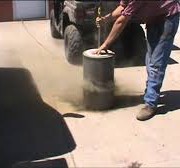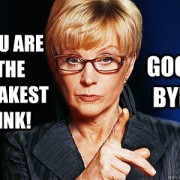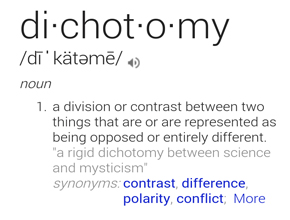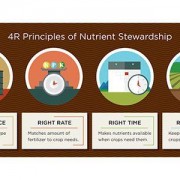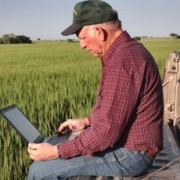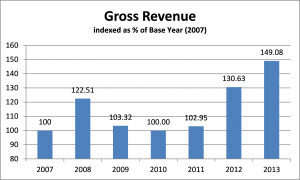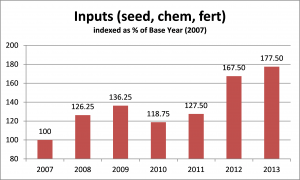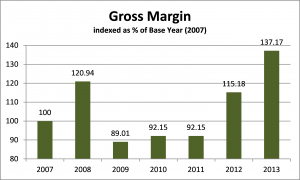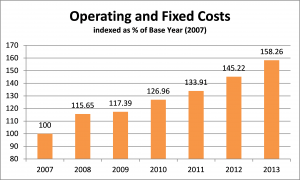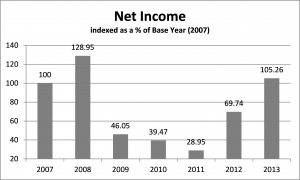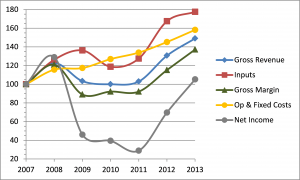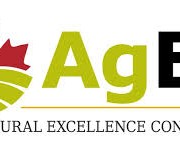Change the Filters
Standard practice for those of us who have ever done our own servicing on farm equipment, vehicles, etc, is to change the filters at regular intervals. The oil filters gets changed with the oil; the air filter get changed at least annually, and “blown out” as often as required. We use good quality filters to protect the longevity of our equipment, and to reduce the likelihood of a breakdown.
In today’s connected world, it is far too easy to find ourselves using a “filter” to avoid that which we don’t agree with or want to hear. Instead, we gravitate to those people and opinions that share our line of thinking. Doing so validates our own thoughts and actions, proving that we were right. It also creates what is called a “confirmation bias.” I found a great example of defining confirmation bias at Skeptics Dictionary:
Confirmation bias refers to a type of selective thinking whereby one tends to notice and to look for what confirms one’s beliefs, and to ignore, not look for, or undervalue the relevance of what contradicts one’s beliefs.
If there was ever an obvious real-life example of confirmation bias, take an objective view of the rhetoric right now between proponents and opponents on BOTH sides of the US Presidential Election…if you can stomach it.
Where might confirmation bias affect your farm business?
- Production
- agronomic strategy: nobody else is applying fungicide this year;
- tillage tactics: no-till, min-till, conventional tillage;
- yields: no one has yielded above 50 in this area.
- Human Resources
- can’t find good help;
- nobody’s worth $20/hr;
- why train anyone – they’ll just leave!
- Management
- bigger is better;
- asset rich and cash poor;
- things must still be okay, the loan got approved!
Of course, we cannot fail to mention farm equipment: which brand breaks down more, which is costlier to maintain, which is more efficient, etc?
With so much information available online and elsewhere, it is more important than ever to filter out the noise and rhetoric while not subjecting ourselves only to what confirms our bias. The most successful businesses are open to lifelong learning, getting professional help, and working from a plan (as found in the study titled Dollars and Sense commissioned by FMC and AMI.) Among other practices listed in the study that drive successful farms, these three listed above clearly indicate that seeking to confirm our own bias is not something that successful business people do.
Direct Questions
Social media is a smelting pot for confirmation bias. How do you manage your activity to maintain balance?
Do you enjoy spending time and conversing with people who have different views? Look at your circle of friends, and how you network at events. Does it align?
How do you filter information, to confirm a bias or to expand a perspective?
From the Home Quarter
The notion that our biases will never come into play is not realistic. While a mirror may be the best tool to use when evaluating ourselves, the challenge for each of us is to look beyond our bias and expand our playing field. Listening only to that which confirms our bias can only narrow our view. Stretching ourselves beyond our comfort can broaden our view. With our businesses becoming more demanding, and requiring more diverse skill sets to be successful, which view is better?
Is it time to change the filters?

